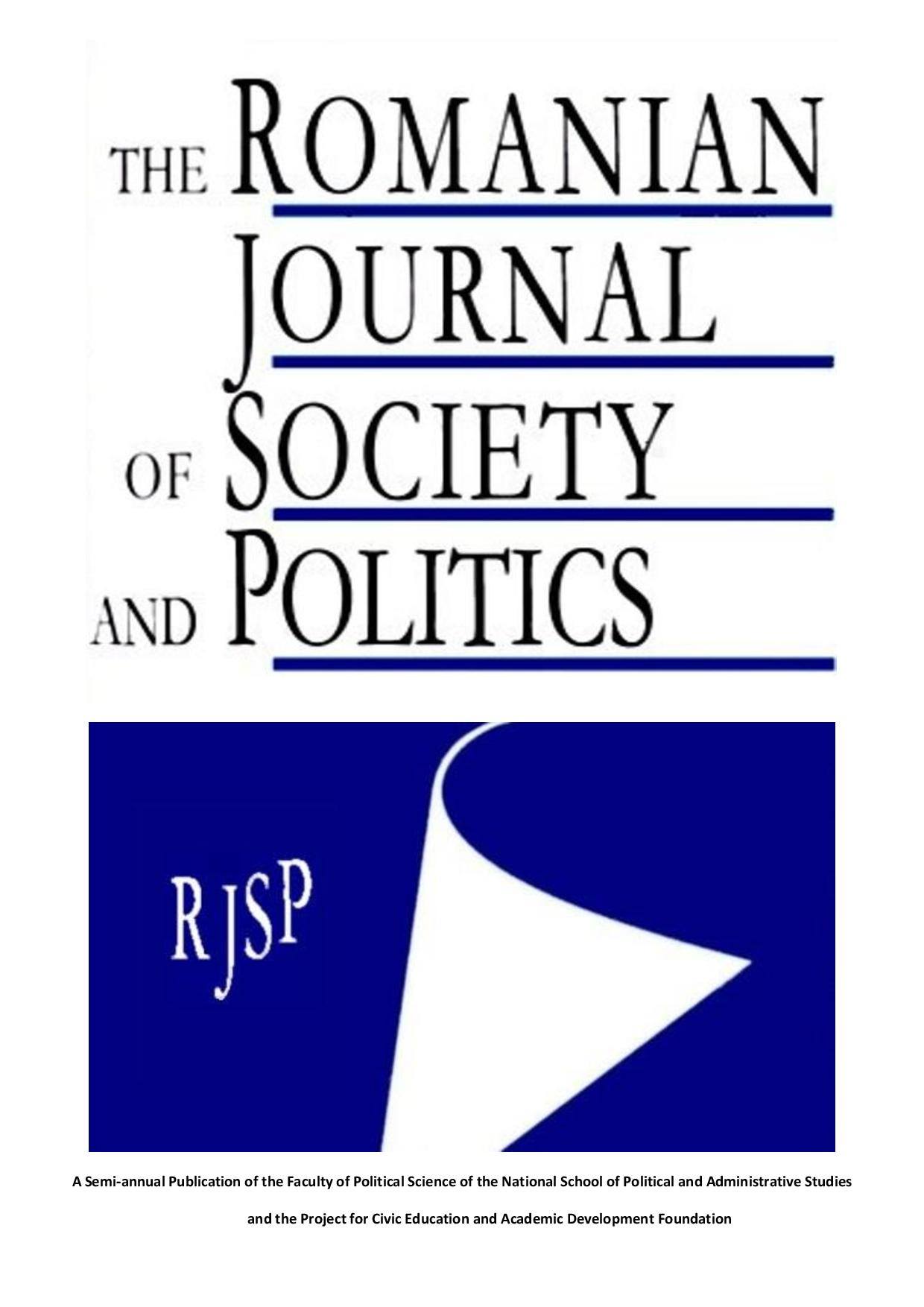TWO PATTERNS OF RELIGIOSITY DURING THE AGE OF GLOBALIZATION IN A QUANTATIVE APPROACH: ITALY VERSUS ROMANIA
TWO PATTERNS OF RELIGIOSITY DURING THE AGE OF GLOBALIZATION IN A QUANTATIVE APPROACH: ITALY VERSUS ROMANIA
Author(s): Ionut ApahideanuSubject(s): Politics / Political Sciences, Politics
Published by: Scoala Nationala de Studii Politice si Administrative (SNSPA)
Keywords: Religiosity; Globalization; Secularization; Christianity; Europe
Summary/Abstract: This research builds on previous findings which have placed Italy, alongside Portugal, as an exception within Western Europe in terms of religiosity trends over the last two-three decades, both countries having seemingly been marked, mainly over the ‘90 s, by a generalized religious revival, relatively similar to the one manifested in the former Communist Eastern Europe.Starting from these findings, largely confirmed by various Italian researchers, this article deepens and extends the research in three major directions: it specifically contextualizes the Italian religiosity trends of the past two decades by comparing them, along more than twenty variables,with the ones manifested over the same time frame in Romania, the latter country having also registered, albeit for obvious different reasons, a religiosity revitalization; it investigates the source and nature of the apparent aggregate religiosity decline in Italy, respectively stagnation in Romania, over the last decade by isolating as comparative analysis the two countries’ main religious groups; it transgresses the numerical approach and explores, in terms of“diffused spirituality” vs. “doctrinal orthodoxy”, the un-canonical, out side of-church, component of each country’s and religious groups’ religiosity. The conclusions may seem surprising: quantitatively, following the undisputable religious revival of the ‘90 s, the last decade has witnessed a plateau phase in Romania, while Italy’s aggregate religiosity decline has been realized rather on behalf of other denominations than the Catholic one, whose religiosity trend can hardly be qualified as a regress; qualitatively, and more surprising,when considering non-Christian immigration shares and globalization degrees of the two countries, the religiosity of Romanians in general and Romanian Orthodox Christians in particular has been affected by un-canonical practices and beliefs to a considerably larger extent than their Italian and Italian Catholics counterparts.
Journal: Romanian Journal of Society and Politics
- Issue Year: 9/2014
- Issue No: 1
- Page Range: 43-74
- Page Count: 32
- Language: English

